When it comes to improving core stability, running is more than just a leg workout. Your core—comprising the muscles of your abdomen, lower back, hips, and pelvis—plays a crucial role in maintaining posture, balance, and efficiency with every stride. But does it matter whether you're running on a treadmill or outdoors?
In this article, we’ll compare treadmill and outdoor running for core engagement, break down the science behind stability development, and provide actionable steps to strengthen your core—no matter where you run.
Every time your foot strikes the ground, your core activates to stabilize your torso and prevent excessive rotation or lateral sway. This is especially true during dynamic movement like running, where balance and coordination are constantly challenged.
While both treadmill and outdoor running engage the core, the degree and type of engagement differ due to environmental factors.
Treadmills offer a smooth, consistent surface and eliminate wind resistance, making the workout more predictable. This controlled environment reduces the need for constant micro-adjustments in posture and balance—key drivers of core activation.
However, treadmills do allow for focused form work. You can monitor your posture in a mirror, maintain a steady cadence, and even adjust the incline to simulate hills, which increases core demand slightly.
Still, because the belt propels you forward, there’s less need for forward propulsion from your glutes and hamstrings, which indirectly reduces core stabilization demands.
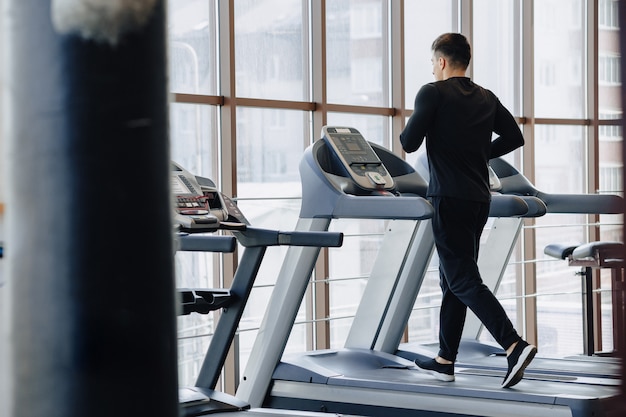
Running outdoors introduces variables like uneven terrain, wind resistance, changes in elevation, and unpredictable surfaces. These factors force your body to make constant adjustments, significantly increasing core muscle recruitment.
For example, running on a gravel path or a sloped sidewalk requires more lateral stability. Uphill and downhill sections challenge your anterior and posterior core muscles differently than flat treadmill runs.
Studies suggest that outdoor running leads to greater neuromuscular engagement, especially in stabilizing muscles, due to the lack of mechanical assistance and the need for self-propulsion.
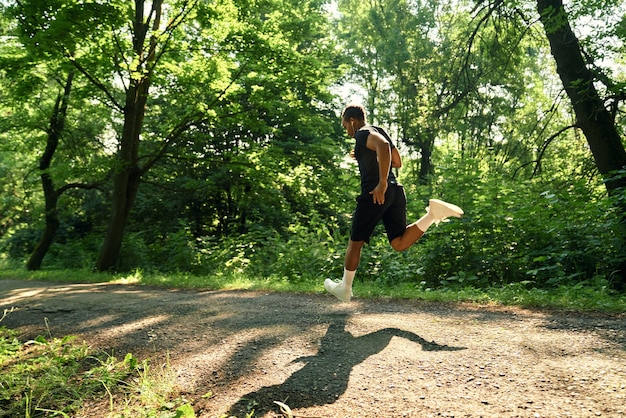
Outdoor running generally wins when it comes to building core stability.
The unpredictable nature of outdoor environments forces your core to work harder to maintain balance and alignment. Treadmill running, while excellent for consistency and injury recovery, offers fewer stability challenges.
That said, you can make treadmill running more effective for core development with smart modifications.
Whether you prefer the treadmill or the trail, these steps will help you build a stronger, more stable core.
Set your treadmill to a 3–5% incline or seek out hilly routes outdoors. Inclines increase forward lean, requiring greater engagement of the deep abdominal muscles to maintain posture.
Swap paved paths for trails, grass, or sand when possible. Uneven surfaces force constant micro-corrections, boosting core activation. Even short intervals (5–10 minutes) on unstable ground can make a difference.
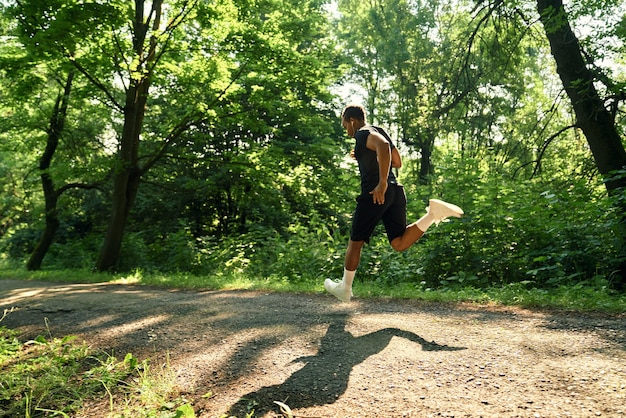
Supplement your runs with targeted core work:
Maintain a slight forward lean from the ankles, keep your chest up, and avoid excessive arm swing. Engage your core throughout your run by gently drawing your navel toward your spine.
Holding onto the rails reduces core engagement. Run without support to force your stabilizers to work harder. Start with short intervals if needed.
Improvement in core stability isn’t always visible, but it’s measurable. Use these checks every 4 weeks:
While both treadmill and outdoor running contribute to fitness, outdoor running offers superior core stability benefits due to environmental challenges. However, with intentional modifications, treadmill runners can also build a strong, stable core.
The key is consistency, variety, and awareness. Focus on form, terrain, and supplemental training to unlock a stronger, more resilient running body.

Fitness

Fitness

Fitness

Fitness

Fitness
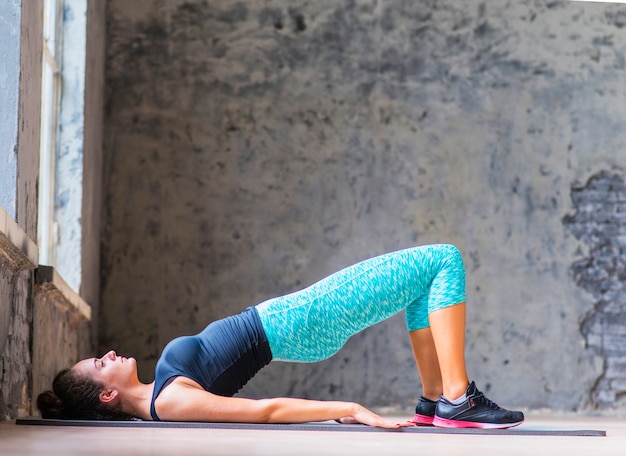
Fitness
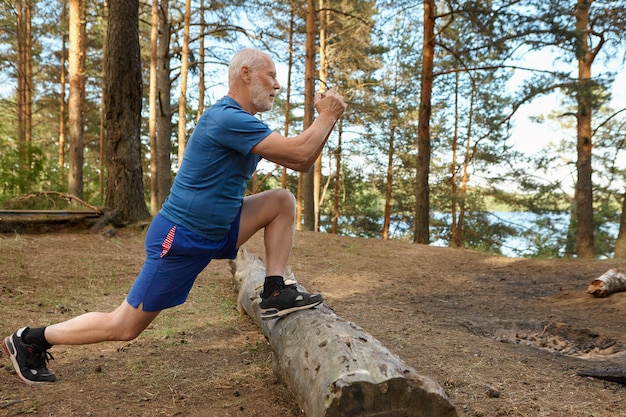
Fitness

Fitness

Fitness
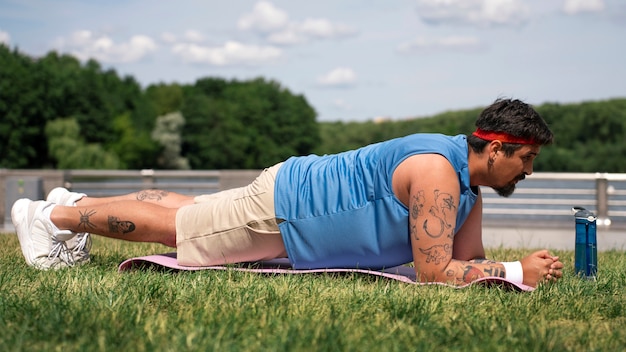
Health
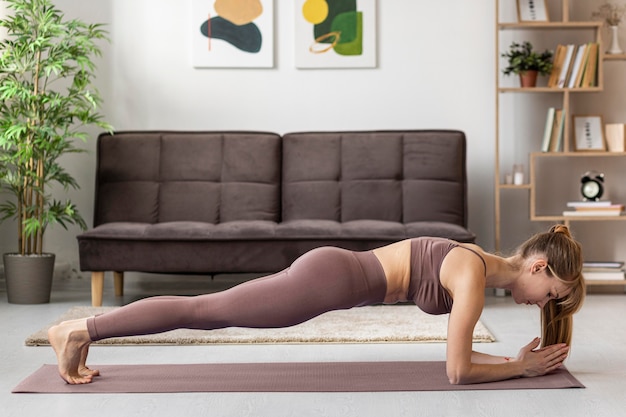
Fitness
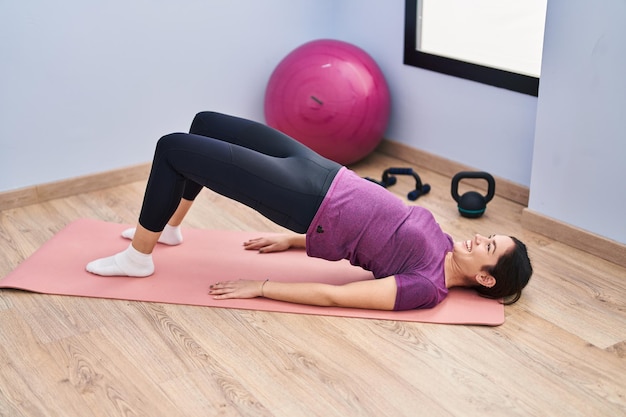
Fitness

Health

Fitness

Health

Health